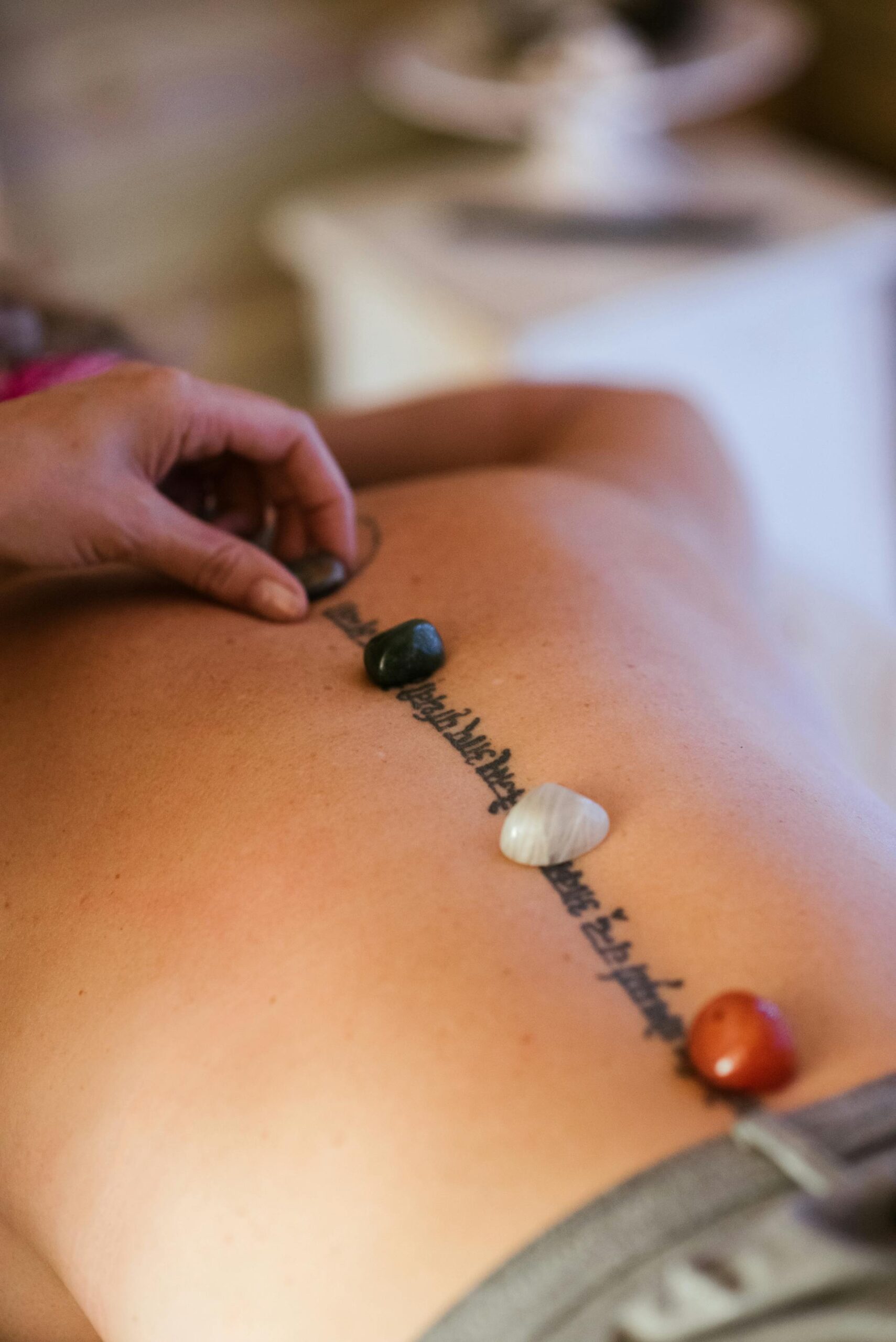
As the wellness industry continues to evolve, technology has begun to play a pivotal role in transforming the spa experience. Virtual reality (VR), a technology once associated primarily with gaming, is now finding its way into spa treatments, offering clients immersive, relaxing environments that enhance both mental and physical well-being. VR is revolutionizing how spa services are delivered, combining relaxation techniques with digital experiences that transport users to calming virtual worlds, all without leaving the treatment room.
What Is Virtual Reality in Spa Settings?
Virtual reality in spas involves using VR headsets to immerse clients in relaxing, 360-degree environments during treatments. These virtual environments can range from serene beaches and tranquil forests to abstract spaces designed specifically to promote calmness and meditation. The goal is to amplify the sense of relaxation by creating a fully immersive experience that disconnects users from stressors and enhances the overall effects of spa treatments.
For example, imagine receiving a massage while virtually lying on a beach, with the sound of waves lapping at the shore and the sight of palm trees swaying in the breeze. This virtual escape helps clients relax deeper and enhances the therapeutic benefits of the physical treatment.
How Virtual Reality Is Integrated into Spa Treatments
- VR Meditation and Mindfulness
One of the most popular uses of VR in spas is for guided meditation and mindfulness. Clients put on a VR headset and are taken through a guided meditation session in a calming, virtual setting. The immersive nature of VR helps block out distractions and encourages clients to focus on their breath and body, allowing them to achieve a deeper state of mindfulness.
- Virtual Reality Paired with Massage Therapy
Some spas are combining VR with traditional massage therapy to create a multi-sensory experience. During the massage, clients can choose from various virtual environments, such as a serene mountain view or a tranquil forest. The visual and auditory stimulation from VR complements the physical relaxation of the massage, resulting in a heightened sense of well-being.
- Virtual Spa Escapes
For those who can’t travel to luxury spa resorts, virtual reality can offer a comparable experience. VR spa treatments allow clients to virtually visit world-renowned wellness retreats, immersing them in locations like tropical islands or peaceful Zen gardens. These virtual escapes can enhance the sense of rejuvenation and relaxation that clients seek from a spa day, making it feel like a true getaway.
- Stress-Relief and Mental Health Benefits
Virtual reality has been shown to reduce stress and anxiety by allowing users to “escape” from their current environment and immerse themselves in calming virtual worlds. Spas are now using VR as part of stress-relief programs, offering clients access to virtual environments that promote relaxation, reduce cortisol levels, and improve mental health. This is especially beneficial for clients with high-stress jobs or those seeking mental health support in addition to physical treatments.
Benefits of Virtual Reality in Spas
- Enhanced Relaxation and Mental Escape
Virtual reality creates a powerful sense of immersion, which allows spa-goers to mentally “escape” from their everyday stressors. This heightened level of mental relaxation can enhance the benefits of traditional treatments like massages, facials, and aromatherapy.
- Personalized Spa Experiences
VR allows for personalized experiences, as clients can choose from a range of virtual environments based on their preferences. Whether someone finds peace in a tropical paradise or a quiet mountain retreat, VR enables spa treatments to cater to individual preferences for optimal relaxation.
- Multi-Sensory Stimulation
Virtual reality offers a multi-sensory experience by engaging both sight and sound, creating a fully immersive environment. This multi-sensory approach amplifies the relaxation process, as clients can not only feel the physical benefits of a treatment but also enjoy the visual and auditory sensations that promote calmness and mental clarity.
- Increased Accessibility
Not everyone has the time or resources to visit exotic spa locations. Virtual reality brings the feeling of these locations to the client, providing an affordable alternative to expensive wellness retreats. This accessibility makes it easier for people to experience the benefits of luxury spa environments without traveling.
The Future of VR in the Spa Industry
As VR technology continues to evolve, its role in the spa industry is likely to expand. We can expect to see more advanced virtual environments, including customizable wellness journeys tailored to individual needs. Additionally, the integration of haptic feedback (which provides the sensation of touch) could further enhance the virtual spa experience, allowing clients to feel physical sensations that complement their virtual surroundings.
Virtual reality may also open new possibilities for remote wellness services, where clients can experience guided relaxation or meditation from home, using VR to create a calming atmosphere that replicates the spa environment.
Conclusion
Virtual reality is transforming the spa industry by offering clients a deeper, more immersive relaxation experience. By combining traditional treatments with cutting-edge technology, spas are creating personalized, multi-sensory journeys that enhance mental and physical well-being. As VR continues to evolve, it will likely play an increasingly important role in wellness, offering spa-goers the ultimate escape without ever leaving the treatment room.




